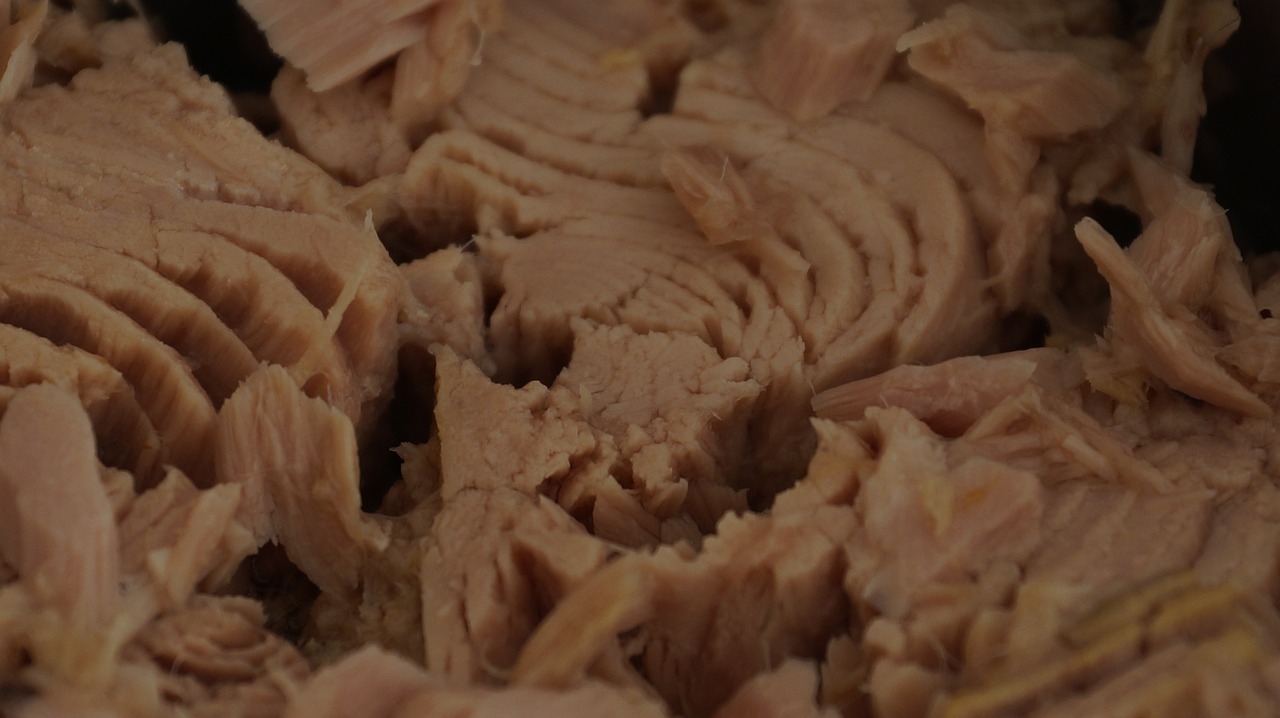Canned Tuna - April 2012

Moves towards sustainability and the introduction of eco-labels have affected the global canned tuna market in the last year.
So far Asian packers seem to be able to absorb the higher price, but European packers and buyers operating in the Eurozone are having a more difficult time as a result of the weakening Euro against the US dollar. The Marine Stewardship Council (MSC) certification for PNA purse seine fishing operations targeting free schools, non-FAD of skipjack tuna received mixed reactions from industry players. It remains to be seen, however, whether consumers are ready to pay more for eco-labelled products under current economic uncertainties, or whether retailers will start requiring ecolabeling for all their supplies.
Despite positive signs observed lately in the US economy, high prices dented the demand in the US canned tuna market. With the price of canned tuna becoming more expensive, US tuna packers are struggling to drive sales.
In the January-September period of 2011, canned tuna imports declined by 6.1% in quantity, but were 8.2% higher in value terms against the same period of 2010, amounting to 157 505 tonnes worth USD 585 million. Imports of popular tuna in brine both for white meat tuna (albacore) and light meat (skipjack) tuna declined by 10.1% and 3.9% in quantity respectively. Imports of tuna in pouch also declined by almost 14%. Shipments from Thailand, the largest supplier to the US market, dropped significantly by 13.3% last year.
Positive growth in Europe and increasing popularity of eco-label products
Despite the increasing price, imports of canned tuna into the EU-27 from third countries posted positive growth during the third quarter of 2011 where imports of canned tuna reached almost 281 000 tonnes valued at EUR 852.6 million, up by 4.9% in quantity and 12.5% in value year on year. Thailand, overtaking Ecuador as the number one canned tuna supplier to the EU, managed to increase its export by 24% amounting to 53 362 tonnes.
Interest for sustainable products continues to grow particularly in the UK and German markets. Meanwhile, the EU Commission reported that countries that have concluded an Economic Partnership Agreements (EPA) but not taken the necessary steps to ratify and implement it, would no longer benefit from EPA market access to Europe as from 1 January 2014.
Limited impact from last year’s floods in Thailand
Floods affected exports Thai exports, though, as two out of the three ports in the area, where containers of canned tuna are loaded for export, were shut down during the flooding. Thus, exports of canned tuna in November were 39 429 tonnes, down by 23.5% from 2010. Nevertheless the total canned tuna exports for the period January-November increased by 3.0% in volume and 16.8% in value amounting to 475 445 tonnes worth THB 55.6 billion (USD1.8 billion).
Overall, 2011’s performance showed slower growth of canned tuna exports because of declining demand from major markets, compared with the 10.4% growth in volume recorded in 2010. In value terms however, growth in 2011 was much higher (15.4%) compared with the previous year (1.6%) indicating the high price of canned tuna as a result of skyrocketing raw material prices.
Japan: Growing demand for canned tuna
Demand for canned tuna in Japan posted significant growth in the third quarter of 2011 where canned tuna imports increased by 8% in quantity and 11.9% in value against the same period of 2010.
Tuna prices rise
Poor fishing in the Western and Central Pacific continued during the month of December 2011, which left the Bangkok market short of raw material and pushed prices from USD 1 850 in November to USD up to USD 2 050/tonne for skipjack in early January 2012. The skipjack price in the Seychelles was steady at EUR 1 300. In Ecuador the skipjack price strengthened to USD 1 950/ tonne giving the Latin American packers a distinct advantage over their Thai competitors. In West Africa the price continued to be the lowest relative to other markets at EUR 1 250/tonne. The price of yellowfin 10 kg/up increased to over EUR 2 200/tonne, although in USD terms it remained flat.

